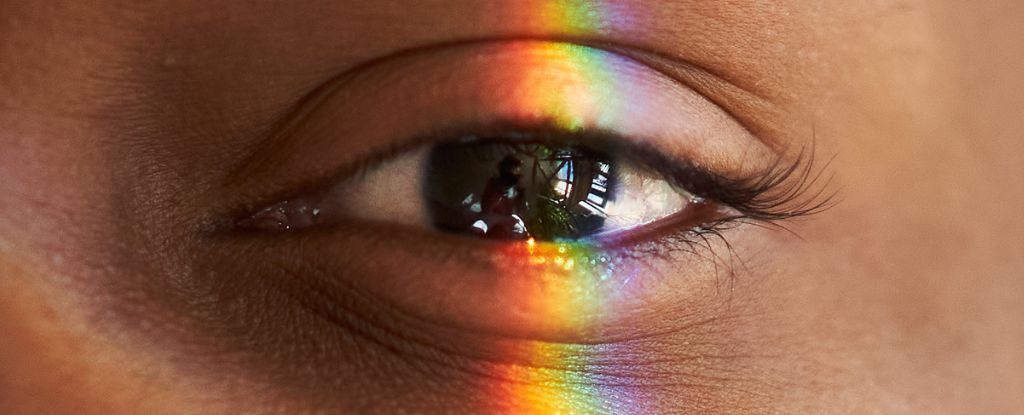A New Frontier in Color Perception
For the first time, humanity may have caught a glimpse of a spectrum of colors that are just out of our range of vision, including a “blue-green of extraordinary intensity.”
Expanding the Color Gamut
This phenomenon has remained unseen because our eyes naturally cannot perceive it. Researchers from the University of California, Berkeley, and the University of Washington have claimed to develop a method to manipulate the retina and artificially broaden the human color gamut.
The Oz Prototype
Inspired by Dorothy’s adventure in The Wizard of Oz, the research team believes they can reveal a completely new array of colors to us. Their evidence lies in a prototype called ‘Oz’, which can modify the way color information is relayed from one eye cell to another and into the brain. These patterns of activation cannot be naturally replicated during normal viewing conditions.
How the Technology Works
The prototype operates by directing a laser light of a single monochromatic color (commonly green) at specific color-sensitive cone cells in the retina. Normally, various colors stimulate multiple cone cells, of which there are over six million in the human retina.
Creating New Color Perceptions
As humans are typically trichromats, we possess three types of cone cells sensitive to long, medium, and short wavelengths of light (L, M, and S). The prototype uniquely stimulates M cones to generate a color signal for the brain that is not familiar. In tests, participants focused on a neutral gray background while receiving green laser flashes. They could not identify the color produced and found it required a significant amount of white light to dilute it to a recognizable hue.
Defining the New Color: “Olo”
The researchers, led by electrical engineer James Fong at Berkeley, designated the new color perceived by participants as “olo,” related to a color that can be seen in the corresponding “match” box of the comparison image.
Future Applications and Recognition
As additional experiments progressed, participants viewed a moving dot while being targeted by Oz’s microdoses. The researchers asserted that they saw “unprecedented colors beyond the standard human gamut,” visualizing brilliant red lines or rotating dots against an “olo” backdrop. While Fong and his team claim solid evidence for a new color, vision scientist John Barbur from the University of London, who was not part of the research, suggests that the findings might be disputable and could potentially enhance existing color perceptions rather than create wholly new ones. Despite limitations, like the peripheral targeting of cone cells, the team aims to refine the Oz prototype to probe deeper into the visual system and explore potential treatments for color blindness. As they state, “Oz serves as a novel experimental platform for neuroscience and vision research, aiming for precise control over the first neural layer to the brain.”
The complete findings were published in Science Advances.



